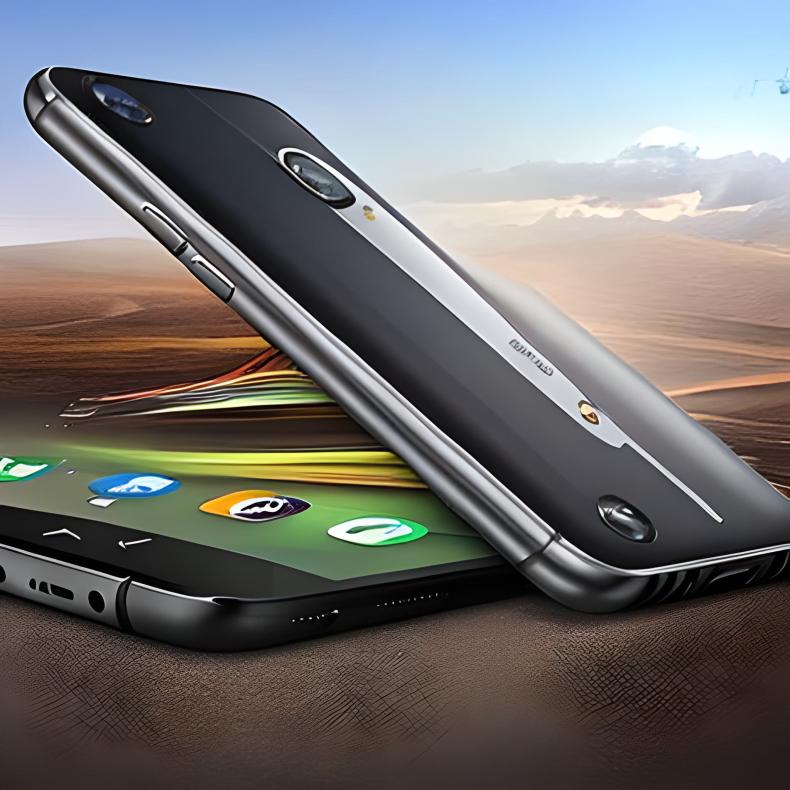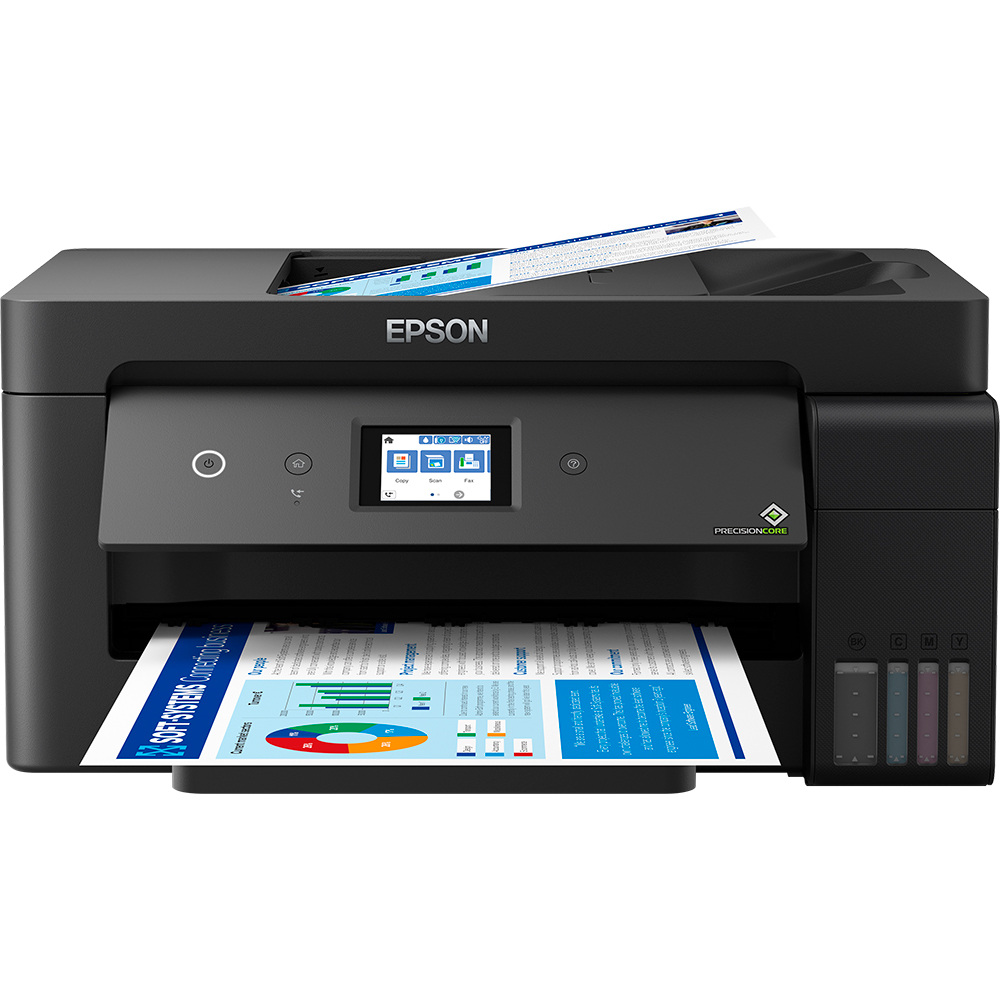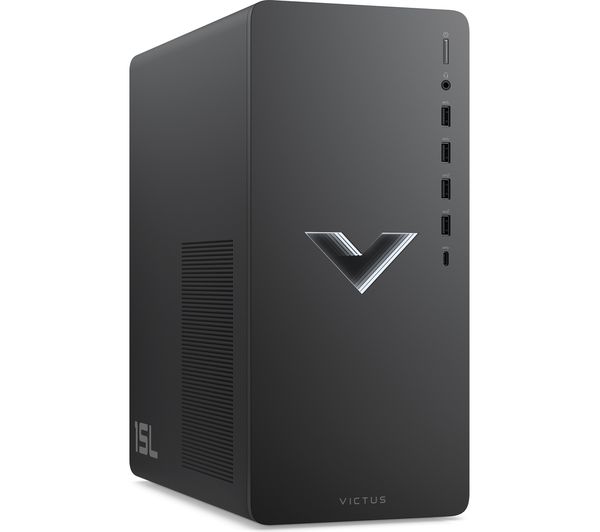When it comes to buying a smartphone, it can be overwhelming to navigate the sea of options available on the market today. With so many brands, models, and features to choose from, it’s important to consider what you need in a phone and what your budget is. Whether you’re a tech-savvy individual or just looking for a basic device, there is a smartphone out there that is perfect for you.
In this comprehensive guide, we’ll take a deep dive into the key factors you should consider when choosing your next smartphone. By the end, you’ll have a clear understanding of what to look for in a phone and how to make an informed decision that will best suit your needs.
Operating System
One of the first things to consider when buying a smartphone is the operating system (OS) it runs on. There are two main types of operating systems: Android and iOS.
Android
Android is an open-source operating system developed by Google and is used by many smartphone manufacturers, including Samsung, Huawei, and LG. Android phones offer a lot of customization options and flexibility, as well as a large app store with over 2 million apps available. Additionally, Android phones typically have expandable storage and removable batteries, making them a great choice for those who need a lot of storage space or who want to be able to replace the battery when it wears out.
iOS
iOS is a closed-source operating system developed by Apple and is exclusive to iPhone devices. iOS is known for its sleek, user-friendly interface and stability, as well as a large app store with over 1 million apps available. iPhones also have excellent cameras and a range of features that make them ideal for those who value photography and multimedia capabilities.
Display
The display is an important factor to consider when choosing a smartphone. There are a few key things to look for in a display, including size, resolution, and type.
Size
The size of a smartphone’s display can range from small, compact phones to large, phablet-style devices. Consider how you plan to use your phone and what size is most comfortable for you. If you prefer to carry your phone in your pocket or purse, a smaller phone may be a better fit. If you enjoy watching videos or playing games, a larger display may be more suitable.
Resolution
Resolution refers to the number of pixels that make up a display. A higher resolution means a clearer, more detailed picture. The two most common resolutions for smartphones are Full HD (1920×1080) and Quad HD (2560×1440). Consider how important picture quality is to you and choose a resolution that meets your needs.
Type
There are two main types of displays used in smartphones: LCD and OLED.
LCD
LCDs are the most common type of display found in smartphones. They are known for their bright colours and good viewing angles, but can also be prone to colour shifting and washout in direct sunlight.
OLED
OLED displays are becoming increasingly popular in smartphones. They offer deeper blacks and higher contrast, as well as more efficient use of power. OLED displays are also thinner and lighter than LCDs.
Performance
Performance is another key factor to consider when buying a smartphone. This includes the processor, RAM, and storage.
Processor
The processor is the heart of a smartphone and determines how fast and smoothly it can run. There are two main types of processors used in smartphones: Qualcomm Snapdragon and Apple A-series. Qualcomm Snapdragon processors are used in most Android devices, while Apple A-series processors are exclusive to iPhones. A faster processor will allow you to run more demanding apps and multitask more efficiently.
RAM
RAM, or Random Access Memory, is what allows your smartphone to run multiple apps at the same time without slowing down. The more RAM a phone has, the more apps it can run simultaneously without slowing down. A minimum of 4GB of RAM is recommended for most users.
Storage
Storage refers to the amount of space available on a smartphone for apps, photos, videos, and other files. Most smartphones come with either 64GB or 128GB of storage, but some devices offer expandable storage options through a MicroSD card. Consider how much storage you’ll need for your photos, apps, and other files when choosing a smartphone.
Camera
For many people, the camera is a key factor when choosing a smartphone. There are a few key things to look for in a camera, including resolution, aperture, and special features.
Resolution
The resolution of a smartphone camera is measured in megapixels. A higher number of megapixels means a clearer, more detailed photo. Consider how important photography is to you and choose a camera with a resolution that meets your needs.
Aperture
The aperture of a smartphone camera refers to the size of the opening that let’s light into the lens. A larger aperture allows for better low-light performance and shallow depth of field. Consider how important low-light photography is to you and choose a camera with a larger aperture if necessary.
Special Features
Many smartphones offer special features in their cameras, such as optical zoom, portrait mode, and Night mode. Consider what types of photography you’ll be using your smartphone for and choose a camera with features that meet your needs.
Battery
Battery life is an important factor to consider when choosing a smartphone. Consider how you’ll use your phone and choose a device with a battery that will last throughout the day. Some smartphones offer fast charging capabilities, which can be a useful feature if you’re often on the go.
Price
Finally, price is a factor to consider when choosing a smartphone. The price of a smartphone can range from a few hundred dollars to over a thousand dollars, depending on the features and specifications you’re looking for. Consider your budget and choose a smartphone that offers the features and performance you need at a price that you’re comfortable with.
Conclusion
In conclusion, choosing the best smartphone for your needs requires careful consideration of a range of factors. From the operating system and display to performance, camera, battery, and price, there is a lot to think about when making this important decision. By considering your needs and doing your research, you’ll be able to choose a smartphone that will meet your requirements and provide you with an exceptional mobile experience.





















